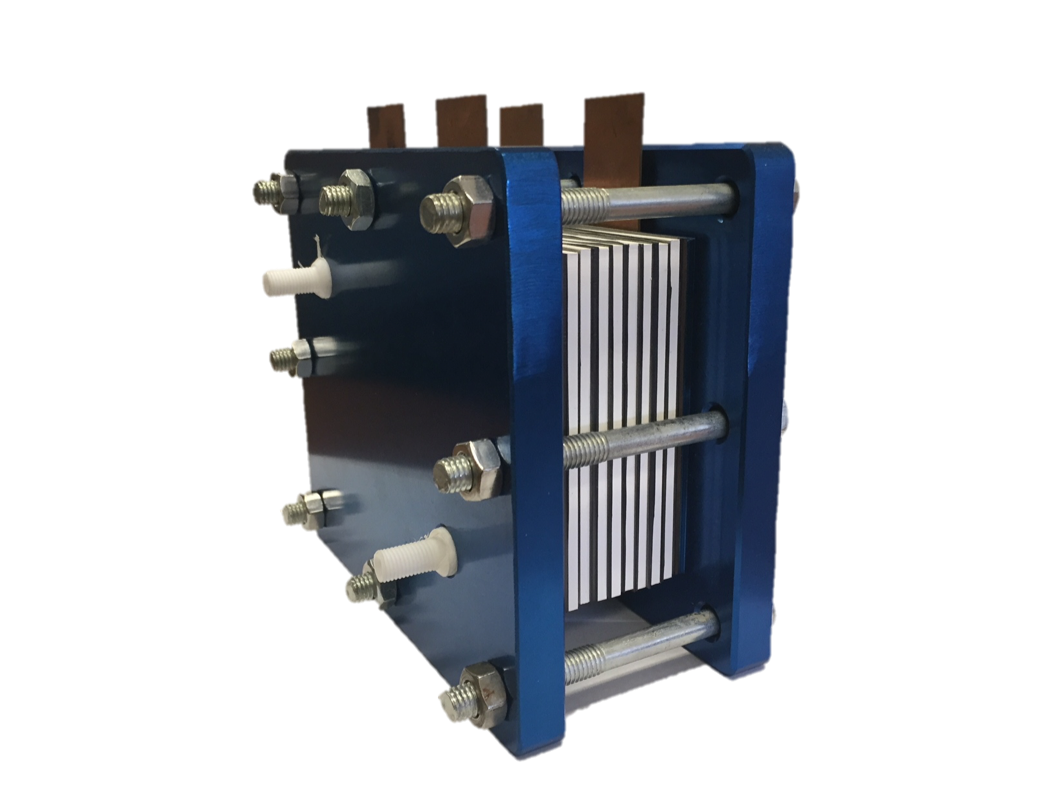Researchers at the Utah State University (USU), in the United States, have fabricated a prototype of an aqueous organic redox flow battery (AORFB) with an anode based on viologen, which is an inexpensive, water-soluble organic compound providing highly reversible redox reactions.
“Viologen is not expensive with scalable production,” researcher Tianbiau Liu told pv magazine. “The estimated cost of viologen flow batteries is under $100/kWh.”
The battery was conceived to be mainly used to store electricity generated by large scale wind and solar power plants, although its creators do not exclude it may also find application in residential and commercial projects. “Unlike established li-ion, Pb-acid, or vanadium flow batteries, USU’s AORFB can meet the safety and cost targets necessary for viability at large scale,” the research group emphasized.
The ph-neutral battery is claimed to be more cost-effective, sustainable, and efficient than conventional redox flow batteries. “This system can be scaled to buffer the intermittent energy output from wind and solar while maintaining a safe, non-flammable and non-corrosive energy storage system at residential, military, industrial and utility system installations,” they added.
The device has a rated power of over 150mW/cm2, an energy density exceeding 40Wh/L, and a power density of 72.5mW/cm2. “Pairing with water-soluble TEMPO or ferrocene cathode materials, the AORFBs deliver up to 1.72V voltage and 45.5Wh/L theoretical energy density with excellent cycling stability,” the scientists said, noting the device is also able to retain 100% of its initial capacity after 1,000 cycles.
The high-conductivity aqueous electrolytes and ion-conductive membranes used for the device are described as the crucial components, allowing high current and high power operation.
“We started developing the battery in 2014 and we are currently seeking to bring it to commercial production,” Liu stated.
A complete description of the battery, the cathodes, and the anode can be found in the paper “Unprecedented Capacity and Stability of Ammonium Ferrocyanide Catholyte in pH Neutral Aqueous Redox Flow Batteries,” published in Joule.
This content is protected by copyright and may not be reused. If you want to cooperate with us and would like to reuse some of our content, please contact: editors@pv-magazine.com.




3 comments
By submitting this form you agree to pv magazine using your data for the purposes of publishing your comment.
Your personal data will only be disclosed or otherwise transmitted to third parties for the purposes of spam filtering or if this is necessary for technical maintenance of the website. Any other transfer to third parties will not take place unless this is justified on the basis of applicable data protection regulations or if pv magazine is legally obliged to do so.
You may revoke this consent at any time with effect for the future, in which case your personal data will be deleted immediately. Otherwise, your data will be deleted if pv magazine has processed your request or the purpose of data storage is fulfilled.
Further information on data privacy can be found in our Data Protection Policy.